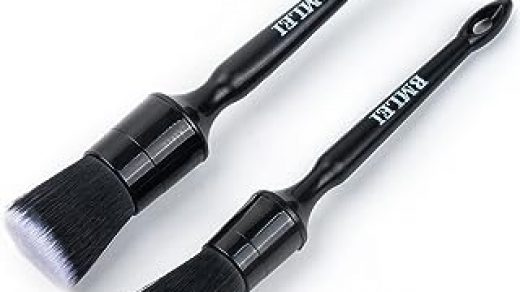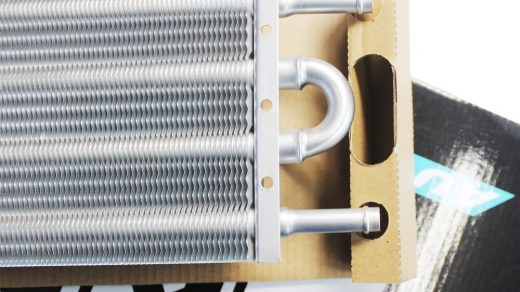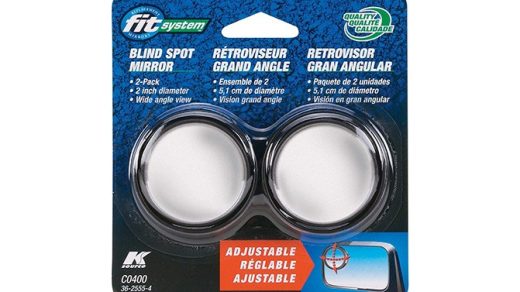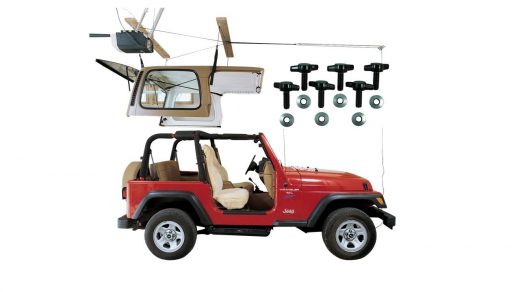How Big Should a Factory Be? Evaluating Hardware Dimensions
When venturing into the manufacturing industry, one pivotal query that often surfaces is regarding the ideal size of a factory, especially when considering hardware components. Grasping the intricacies of factory dimensions is imperative for optimised production.
Factory size plays an integral role in determining the production efficiency, storage capabilities, and overall functionality. In the realm of hardware manufacturing, this becomes even more paramount.
Space Considerations: Bigger isn’t always better. You should assess the amount of equipment, storage for raw materials, and finished products.
Production Flow: A well-sized factory allows for a streamlined production process, minimising disruptions and optimising flow.
Safety Regulations: Ensuring that there’s adequate space for safe movement and emergency exits is crucial. Overcrowding equipment can lead to hazardous situations.
Expansion Possibilities: While your current needs might be modest, planning for growth can save relocation costs in the future.
Budgetary Constraints: The larger the factory, the higher the cost. It’s essential to strike a balance between size and budget.
A: The main determinants include production requirements, safety regulations, future expansion possibilities, and budget.
Q: Is a larger factory always a better choice for hardware production?
A: Not necessarily. The ideal factory size should be based on current and projected needs, ensuring efficient production while considering costs.
Q: How can I determine the right size for my hardware factory?
A: Start by evaluating your production goals, machinery size, storage needs, safety regulations, and budget. It’s also beneficial to consult with industry experts or hire a consultant.










